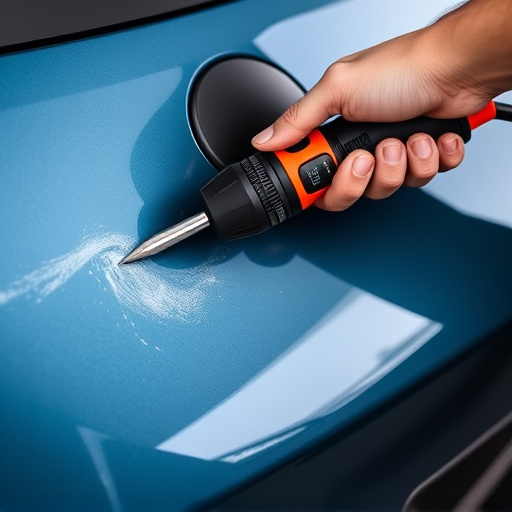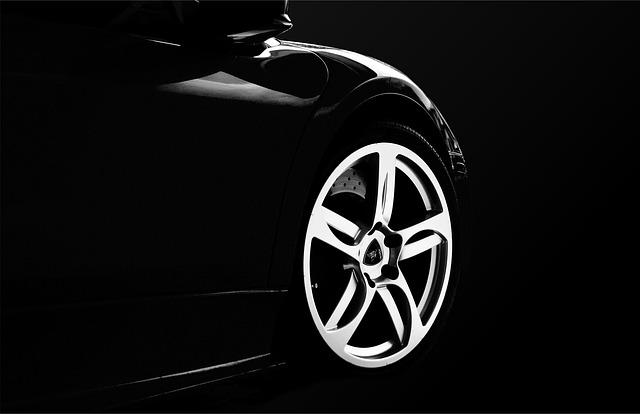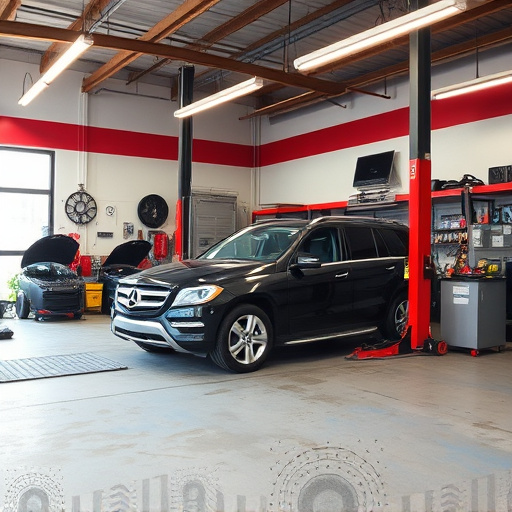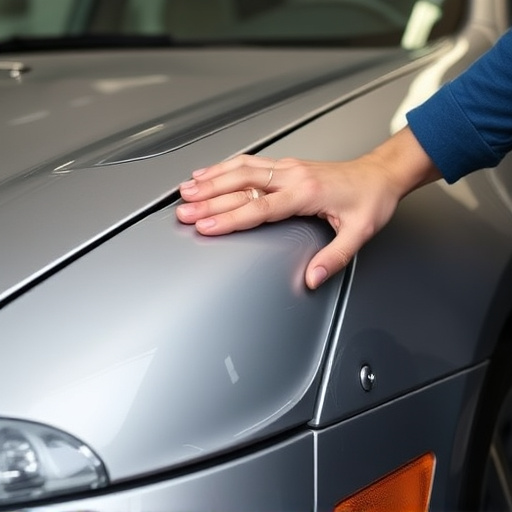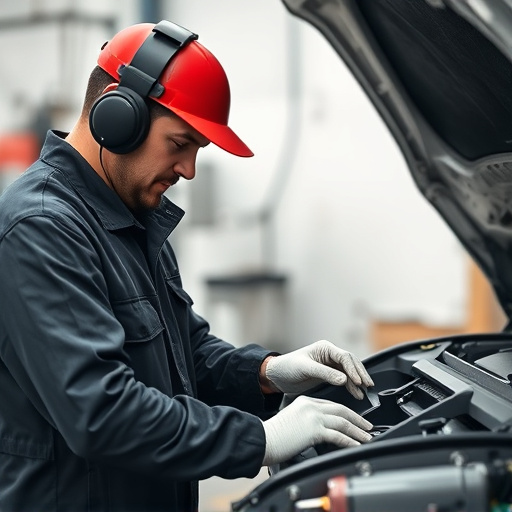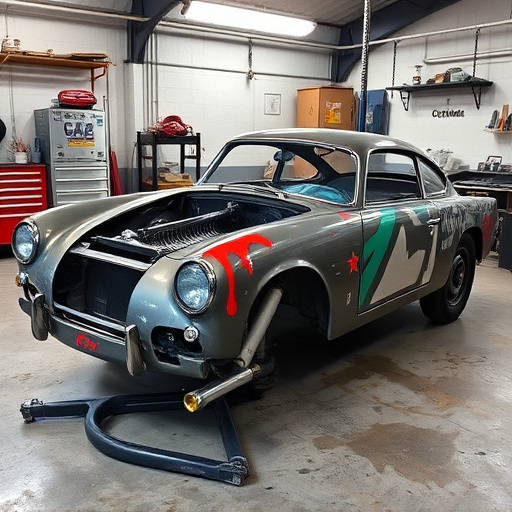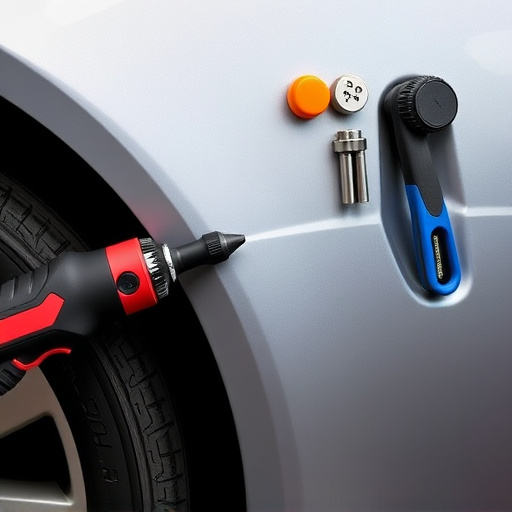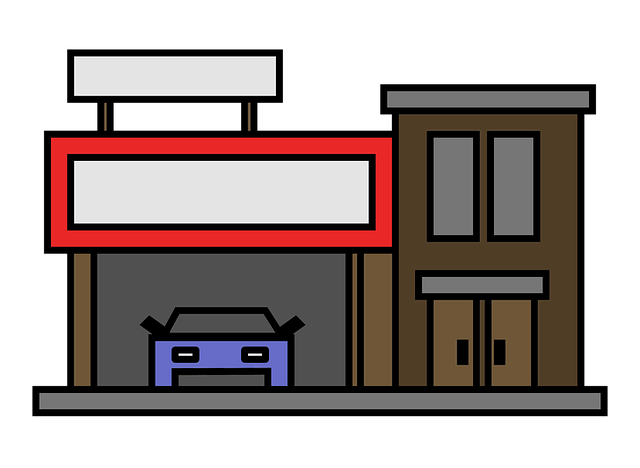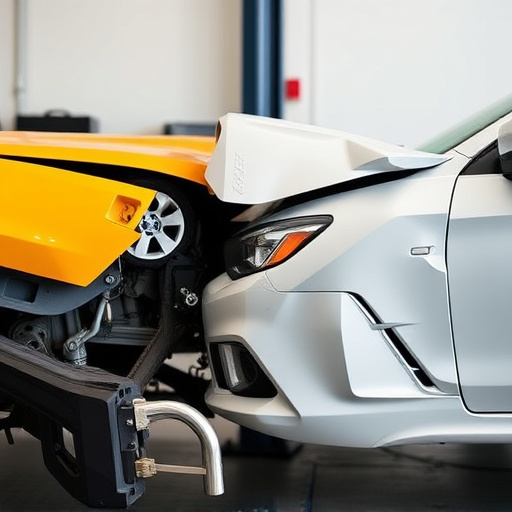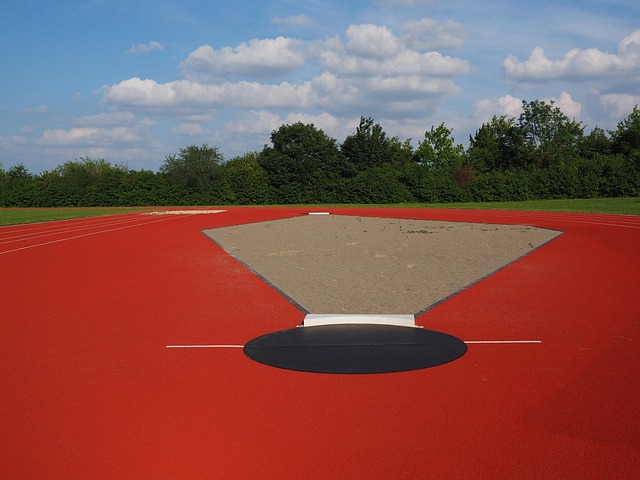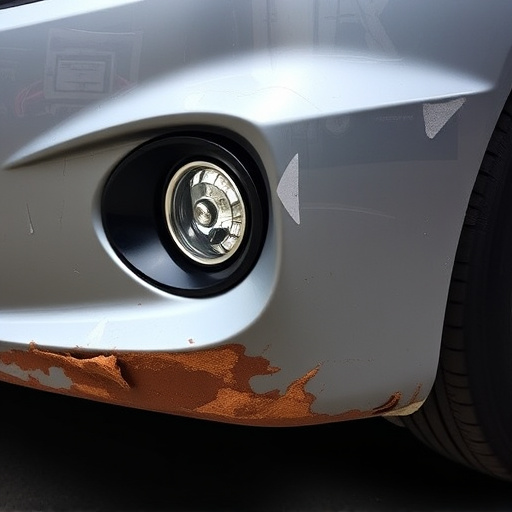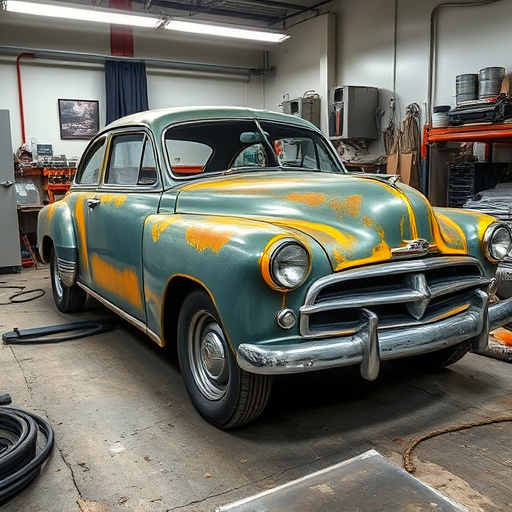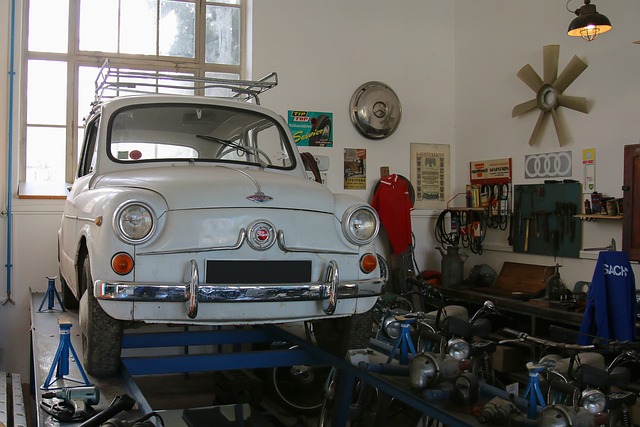Tesla Supercharger compatibility is a key consideration for electric vehicle owners, as charging port issues, model variations, and rapid tech advancements create challenges. Auto body shops offer bodywork adjustments and retrofitting services to ensure older Teslas can connect with newer Supercharger stations. Diagnosing connectivity problems involves checking for physical damage, software glitches, or communication errors, often resolved through firmware updates. Tesla's rapid charging network may not be backward-compatible with all models due to hardware upgrades, requiring specific adapters or software for modified vehicles to maintain seamless functionality.
In today’s electric vehicle revolution, understanding Tesla Supercharger compatibility is crucial for seamless charging experiences. This article delves into common compatibility issues faced by Tesla owners and offers practical fixes. From connectivity problems to hardware upgrades, we explore the factors impacting Supercharger functionality. By understanding these challenges, you’ll be better equipped to navigate the ever-evolving landscape of Tesla Supercharger compatibility, ensuring a smooth and efficient charging journey.
- Understanding Tesla Supercharger Compatibility: Common Challenges
- Diagnosing and Resolving Connectivity Problems
- Hardware Upgrades and Their Impact on Supercharger Functionality
Understanding Tesla Supercharger Compatibility: Common Challenges
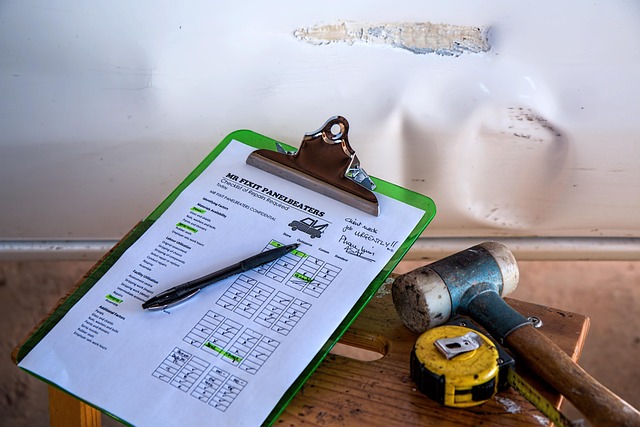
Understanding Tesla Supercharger compatibility is essential for any electric vehicle (EV) owner looking to charge their car quickly and efficiently. While Tesla’s charging network is designed to be seamless, various factors can lead to compatibility issues. One of the primary challenges lies in the diverse range of Tesla models, each with unique specifications and capabilities. Older models might not support the latest Supercharger versions, requiring adapters or upgrades to ensure proper connection. Additionally, aftermarket modifications or custom car bodywork could interfere with charging port alignment, causing compatibility problems.
Another common hurdle is the rapid evolution of Supercharger technology. As Tesla continually updates its charging infrastructure, older vehicles may struggle to connect to newer stations equipped with advanced features like faster charging speeds. This is where auto body shops specializing in EV repairs can step in, offering tailored solutions for car bodywork adjustments or retrofitting services to accommodate new Supercharger standards.
Diagnosing and Resolving Connectivity Problems
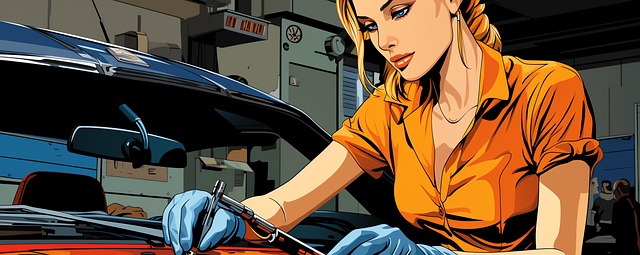
Diagnosing connectivity issues with Tesla Superchargers is a common concern for many electric vehicle owners. When your car fails to communicate with the charging station, it could be due to various reasons. The first step is to check for any physical damage or loose connections at both the car and the Supercharger port. Inspect the charger cable for visible wear and ensure all connectors are firmly attached.
If the problem persists, it’s time to consider a diagnostic scan using specialized tools. An auto body repair expert or Tesla-certified technician can run a check to identify software glitches or communication errors between the vehicle and the charging network. Often, an update to the car’s firmware or Supercharger software can resolve these issues, ensuring seamless charging without any compatibility hiccups. Remember, quick action on connectivity problems can prevent more complex auto collision repair scenarios down the line.
Hardware Upgrades and Their Impact on Supercharger Functionality
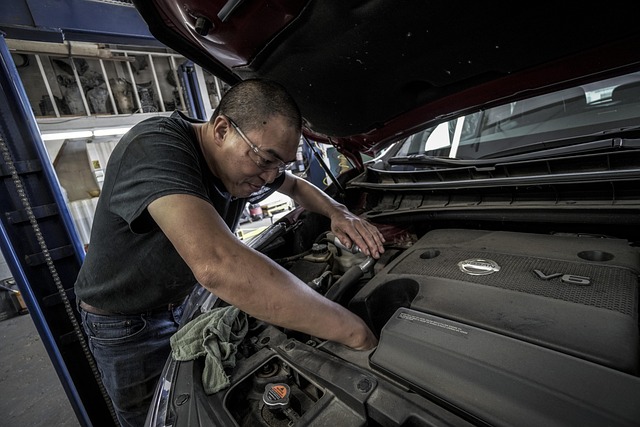
Tesla Superchargers are designed to rapidly charge Tesla vehicles, but compatibility issues can arise due to hardware upgrades and variations in vehicle models. Over time, Tesla has introduced updates to its charging stations, including improvements in power output and connector types. These upgrades ensure faster charging speeds and enhanced efficiency, but they may not always be backward-compatible with older Tesla models or those featuring custom car bodywork.
When a vehicle with specialized auto body repair or collision repair services undergoes a significant makeover, it could impact the way it communicates with Superchargers. For instance, changes in the car’s electrical system or alterations to the charging port might require specific software updates or adapters to maintain seamless Supercharger functionality. Therefore, Tesla owners with modified vehicles should stay informed about the latest hardware and software developments to ensure their cars can fully utilize the benefits of the ever-evolving Supercharger network.
Tesla Superchargers are a crucial component of electric vehicle ownership, but understanding compatibility issues is essential for a seamless charging experience. By diagnosing and addressing connectivity problems, as well as staying informed about hardware upgrades, owners can maximize their Supercharger functionality. Regular maintenance and awareness of these common challenges ensure that Tesla drivers can efficiently navigate their journeys with minimal disruptions.
